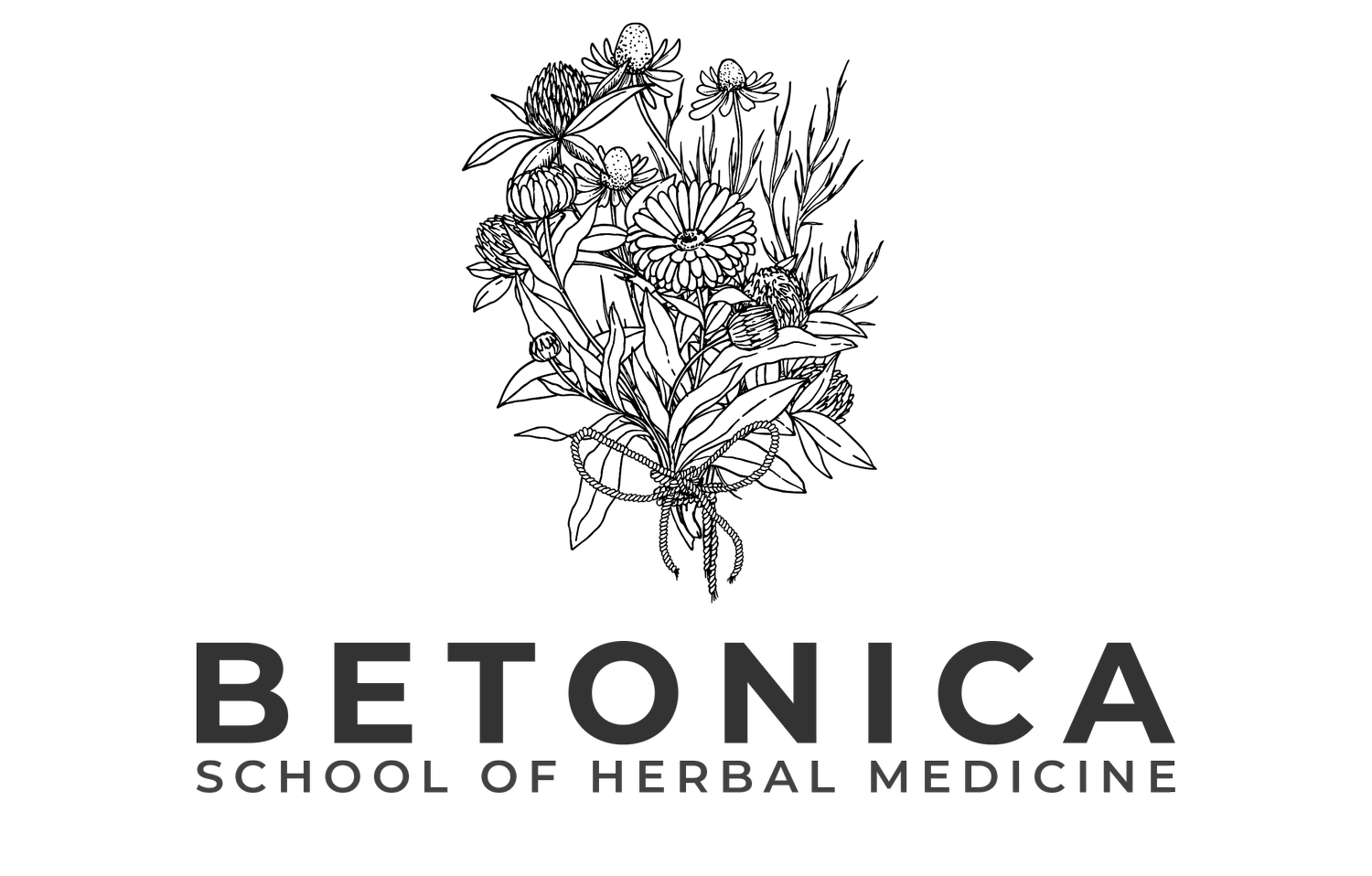the intial meeting
-
Set a time and method of communication – create a timetable of meetings. Once set these should not be changed unless in exceptional circumstances. While it’s important to be flexible, this is a professional meeting and should be treated as such.
-
Discuss the aim of the meetings: “The aim of the development meetings is to provide a regular supportive environment to discuss the course, your studies, (including clinical cases), and is a chance for you to provide feedback on the course or course tutors.”
-
What is the student’s learning style? (This will help you to understand any difficulties they may be having with their learning).
-
Tell the student about yourself, e.g. where did you train, who with, where do you practice, what is your experience or speciality?
-
Ask the student about themselves, e.g. what drew them the course, where do they live, have they studied anything before, and do they have any previous experience to help them in their studies?
-
Ask them what their aims are for this academic year; are there any areas that they are particularly looking forward to? Are there any areas they feel they need to improve on? These can be set as goals for the academic year.
-
Introduce the questions found in the Development Meetings Pro Forma.
THE FINAL MEETING OF THE
ACADEMIC MEETING
The last meeting of the year should be a review of the student’s portfolio, a reflection on the past year and planning/intention setting for the next.
Example questions could include:
How did you do? What progress have you made? What went well? What areas/skills do you need to develop? Revisit your goals from the first meeting.
A summary of this meeting (written by them) is required for their portfolio
The PAT should also sign off that the student’s Portfolio is up to date, or that there is a plan for it to be finished. You may wish for this to be sent in advance. Record this in the appropriate section on the google form, and ‘digitally sign’ their portfolio before return.

